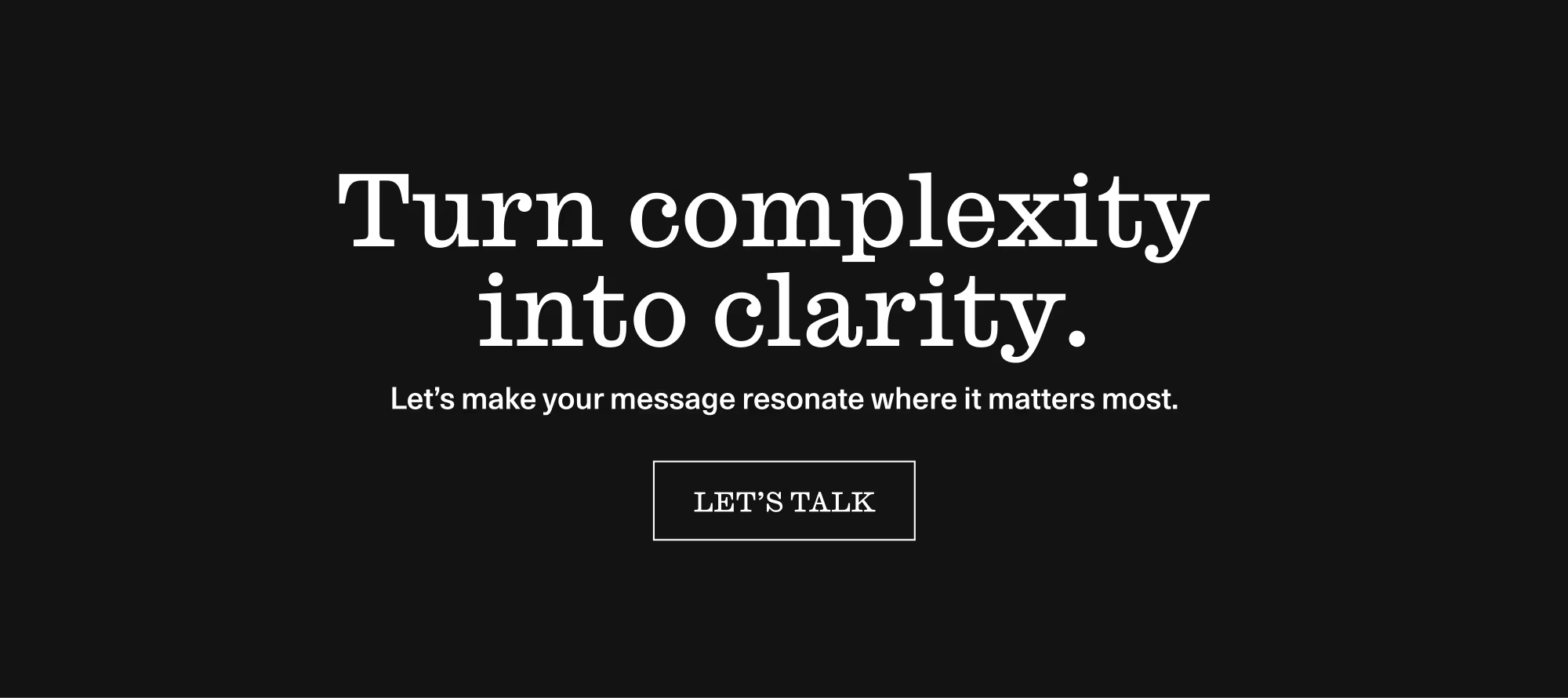
Overcoming the reputation challenge at the heart of engineering
Communicators in technical sectors work with some of the brightest minds in the world. Their role is to absorb complex ideas, distil them, and tell stories that make an impact. But effective communication is about more than understanding the topic. It’s about knowing how to reach the audience and land the right message at the right time to make it stick.
As the editor of Create, I’ve interviewed hundreds of engineers, many making society-defining decisions. In one of these interviews, a prominent engineer said to me, “While doctors save people, engineers save communities.” It’s a neat truth. But while everyone knows their GP, very few could name the people designing the bridges they drive across, or the teams making sure water flows from their taps. People expect running water, functional infrastructure and reliable telecommunications systems. Rarely do they reflect on how these things are built and maintained.
This gap between impact and recognition is the battleground for reputation. For communications professionals working in technical fields like engineering or other complex industries, the challenge isn’t just about making noise. It’s about making meaning.
This was the topic of discussion at our recent panel event, where senior communications leaders from the engineering sector shared how reputation is really earned.
Here are five key takeaways on how to translate complex topics into influence.
From jargon to meaning
Engineers often think the magic is in the detail. And it is, but not in the way they expect. They may think a “digital twin” is boring, but it’s actually a story about safer commutes. A “structural inspection” is really about protecting drinking water. Helping internal teams see that their work is creative, socially relevant and fascinating to others is how you turn experts into your best storytellers and ambassadors.
Don’t miss the middle
Comms people too often jump from vision statements to equations, leaving audiences stranded. The panel called it the “missing middle”: that sweet spot where you connect the dots for humans who don’t live and breathe engineering.
For government, it’s about policy impact. For communities, it’s about how their daily lives improve. For industry, it’s productivity and reliability. Start there, then build out the detail.
As Alison Barnard, Global Media & Communication Center of Excellence Leader, GHD shared with our panel, “It’s not just a dam or a reservoir or a road or a train, you’re talking about people’s lives and livelihoods… start with the audience and understand what would be meaningful to them.”
Declare your purpose
Sluagh-ghairm: it’s the old Gaelic word that evolved into the English word ‘slogan’. But its real meaning was a battle-cry or a gathering cry. A declaration of clear purpose. When projects have 17 stakeholders, who gets credit? Everyone, and no one. The trick is to stake your space with three to five clear, repeatable messages that audiences come to associate with you.
Most of the time, particularly in big projects, you can’t own the entire story. There are often government, asset owners, and industry partners involved alongside you. But you can own your slice.
Say it clearly, say it often, and say it consistently, and people will remember it was you who said it first.
Eleanor Colonico, General Manager Strategic Communications & Engagement, Engineers Australia, explained to the room why a simple boilerplate and a handful of key messages are essential: “Engineers are very detailed and process-oriented, but comms needs to simplify—working with the policy team, amplifying their submissions, and pushing the messages through every channel. That’s how we build attribution.”
Relationships matter as much as reach
Media hits are nice, but influence is often built where cameras aren’t rolling. At cross-sector events, roundtables, or “safe spaces” where ministers, contractors and consultants can talk freely. These aren’t just networking mixers – they're where reputations are forged. Visibility isn’t only about being seen; it’s about being trusted to host the conversation.
In a world of social media and algorithms, this old-school face-to-face communication is still an incredibly powerful reputation-building tool.
Katherine Danks, Executive Director - Programs and Communication, Roads Australia, said it well: “Events are our most important comms channel. They’re a safe space where government and industry can have conversations they won’t have anywhere else. That’s where reputation is built.”
In technical spaces, your audiences can be many and different. One project might only succeed with public support, another will need deep government engagement. Once you identify your audience, engage on a personal level to start to earn that trust.
Build before the storm
Reputation is built in the everyday and tested in the crisis. The panel contrasted two CEOs: one who fronted up after a disaster, immediately on the ground and taking responsibility, and another who delayed and dissembled. Guess which is now a case study in credibility? If words and actions don’t line up when the heat is on, no amount of glossy comms can save you.
Own your mistakes. Every interaction with every audience, even in tragedy, can be an opportunity.
So while our doctors do save people, with my greatest admiration, engineers and the complex organisations behind them really do save communities. The communicator’s job? To bridge the gulf between quiet expertise and public influence. Not by adding noise, but by making the work resonate where it matters most: in policy, in boardrooms, and in the daily lives of the people it serves.
